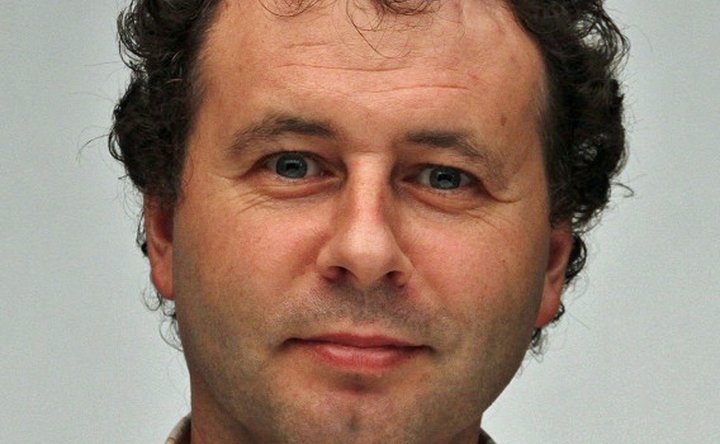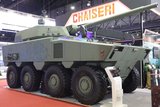PT Pindad and Arquus show Anoa 3 APC at Indo Defence 2022
The Anoa 3 6x6 APC is a customised version of the Arquus VAB Mk 3 from France. (Photo: Arquus)
Indonesian state-owned firm PT Pindad and Arquus of France exhibited an Anoa 3 6x6 APC at Indo Defence 2022 in Jakarta. The Anoa 3 is a lightly customised version of the French VAB MK 3.
A statement from Arquus on 2 November noted that the VAB was displayed ‘in a configuration specifically thought for Indonesia, with several adaptations conducted by PT Pindad’.
Small external modifications are evident on the Anoa 3 compared to the VAB MK 3, including an RWS mounted at the rear of the roof, gunshot detection system, rebadging, revised headlight protection and roof-mounted smoke grenade discharger
Already have an account? Log in
Want to keep reading this article?
More from Land Warfare
-
![Next stage approved for major European robot programme]()
Next stage approved for major European robot programme
The European Commission and Milrem Robotics have signed a grant agreement for iMUGS2, following on from the original iMUGS collaboration to develop modular and scalable architecture for crewed and uncrewed systems.
-
![The British Army’s Land Mobility Programme – all change but no progress?]()
The British Army’s Land Mobility Programme – all change but no progress?
The UK’s Land Mobility Programme, an effort to replace thousands of British Army vehicles, may be about to undergo a radical change in direction.
-
![Supacat and KNDS join forces for British Army vehicle programme]()
Supacat and KNDS join forces for British Army vehicle programme
The Land Mobility Programme is the biggest UK opportunity for the next few decades if it all falls into place. Companies have been filling their dance cards as milestones approach in the hope they are not the mirages of the past.























